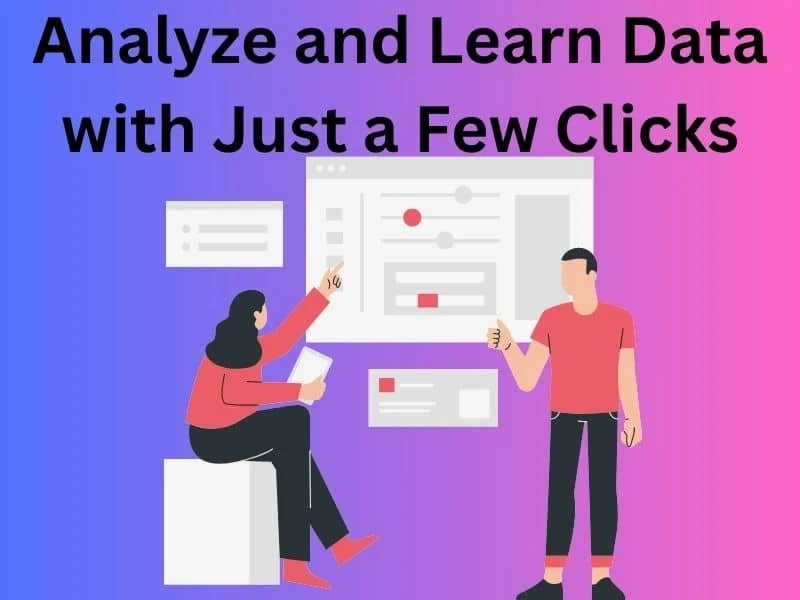Analyze and Learn Data with Just a Few Clicks
Introduction to Analyzing and Learning Data
Data analysis is an important tool for understanding data. It involves exploring and understanding the structure, relationships, and ...


Data analysis is an important tool for understanding data. It involves exploring and understanding the structure, relationships, and ...

